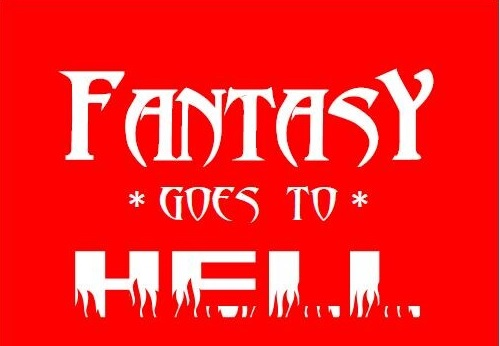Loading...
Event Website
https://www.mythsoc.org/oms/oms-2023.htm
Start Date
8-6-2023 3:00 PM
End Date
8-6-2023 3:50 PM
Description
In her novels A Deadly Education, The Last Graduate, and The Golden Enclaves, Naomi Novik constructs a world in which school is Hell and the outside world is Heaven—or so it seems from the inside. From the competition and internal hierarchies that exist between the students, to the monsters, or “mals” that stalk students and devour them for their “mana,” to the brutal lessons, harsh punishments, and presumed Darwinism of the school itself, the inside of the Scholomance seems the embodiment of Hell to the novel’s protagonist and central consciousness “El,” short for Galadriel, even as she struggles to contain her own affinity—or magical strength—which tends to the “infernal.” But this resemblance to Hell is not merely in El’s head; the school is designed in a cone- or funnel-shape analogous to the structure of Hell in the Inferno of Dante: each year the halls of the school rotate downward, space reallocated as the number of students decreases, to the “graduation hall,” which is the final test—and for many the final destination. This paper traces the parallels between the trilogy’s three novels, A Deadly Education, The Last Graduate, and The Golden Enclaves, and the three parts of the Commedia by Dante Alighieri. It emphasizes the Hell that is the Scholomance itself, the false promise of heaven offered in The Golden Enclaves, and the novels’ Sartrean notion, dramatized though the hierarchies and social Darwinism of the international societies of wizards in the novels, that “hell is other people.”
Creative Commons License

This work is licensed under a Creative Commons Attribution-NonCommercial-No Derivative Works 4.0 International License.
Included in
Children's and Young Adult Literature Commons, Comparative Literature Commons, Digital Humanities Commons, European Languages and Societies Commons, Literature in English, Anglophone outside British Isles and North America Commons, Literature in English, British Isles Commons, Literature in English, North America, Ethnic and Cultural Minority Commons, Medieval Studies Commons, Modern Languages Commons, Modern Literature Commons, Other English Language and Literature Commons
Hell is School—and Other People—and Myself (but mostly Other People): From Inferno to the Paradiso in the Scholomance series by Naomi Novik
In her novels A Deadly Education, The Last Graduate, and The Golden Enclaves, Naomi Novik constructs a world in which school is Hell and the outside world is Heaven—or so it seems from the inside. From the competition and internal hierarchies that exist between the students, to the monsters, or “mals” that stalk students and devour them for their “mana,” to the brutal lessons, harsh punishments, and presumed Darwinism of the school itself, the inside of the Scholomance seems the embodiment of Hell to the novel’s protagonist and central consciousness “El,” short for Galadriel, even as she struggles to contain her own affinity—or magical strength—which tends to the “infernal.” But this resemblance to Hell is not merely in El’s head; the school is designed in a cone- or funnel-shape analogous to the structure of Hell in the Inferno of Dante: each year the halls of the school rotate downward, space reallocated as the number of students decreases, to the “graduation hall,” which is the final test—and for many the final destination. This paper traces the parallels between the trilogy’s three novels, A Deadly Education, The Last Graduate, and The Golden Enclaves, and the three parts of the Commedia by Dante Alighieri. It emphasizes the Hell that is the Scholomance itself, the false promise of heaven offered in The Golden Enclaves, and the novels’ Sartrean notion, dramatized though the hierarchies and social Darwinism of the international societies of wizards in the novels, that “hell is other people.”



Comments
SESSION IV
3:00 PM—3:50 Eastern
2:00 PM—2:50 Central
1:00 PM—1:50 Mountain
12:00 Noon—12:50 PM Pacific
7:00 PM—7:50 GMT